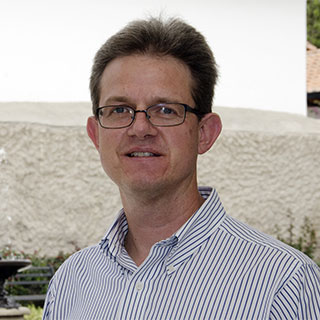I will talk about two very different approaches to the study of biogeography: a historical one, as inferred from zooarchaeology, and a mechanistic one, addressed by physiology. First, bones from archaeological sites can provide us with clues about prehistoric changes in distributions of animals. In addition, they inform us on the human-nature interaction that has helped shape natural ecosystems throughout the Holocene. The analysis of faunal material from several Ecuadorian archaeological sites in Ecuador do suggest that several bird species have experienced distributional changes, likely due to human modifications of the habitat and/or climatic factors. Secondly, metabolism is an important determinant of a species’ niche. Measures of basal metabolic rate (BMR) suggest that montane birds tend to have a higher metabolism than their lowland counterparts. Thus, in the past some lowland species must have adapted physiologically, allowing them to occupy higher elevations during the uplift of the Andes. A high metabolism may limit these birds’ distributions in light of climate change. Yet, some species have been able to make a living in the Andes with low BMRs. More research is needed into the physiological and morphological adaptations that made it possible for tropical species to diversify into the Andes.
Markus Tellkamp, Ph.D.
Universidad Yachay Tech
As a broadly trained biologist I obtained my bachelors degree in biology (botany track) and environmental studies from the University of Victoria, B.C. My graduate degrees are from the University of Florida, a Masters in Wildlife Ecology and Conservation and PhD in Zoology. After a year-long postdoc in Cell Biology and Anatomy, I worked seven years at Millsaps College (Mississippi, USA), where I led the biology program at the Kaxil Kiuic Biocultural Reserve (Yucatán, México) and co-founded and directed the Jaguar Conservation in the Puuc initiative. I have been at Yachay Tech University for three and a half years working malaria in birds within the Chota Valley and the zooarchaeology of Yachay. I am planning to continue my research on avian energetics soon.
